A Top Machine Learning Algorithm Explained: Support Vector Machines (SVM)
KDnuggets
MARCH 18, 2020
Support Vector Machines (SVMs) are powerful for solving regression and classification problems. You should have this approach in your machine learning arsenal, and this article provides all the mathematics you need to know -- it's not as hard you might think.


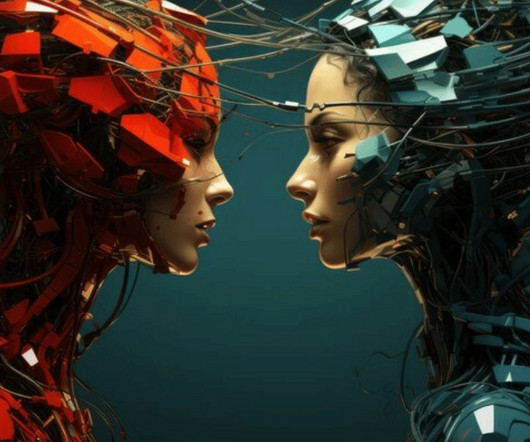
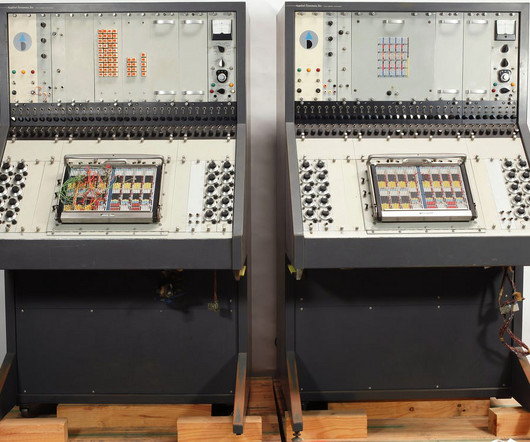
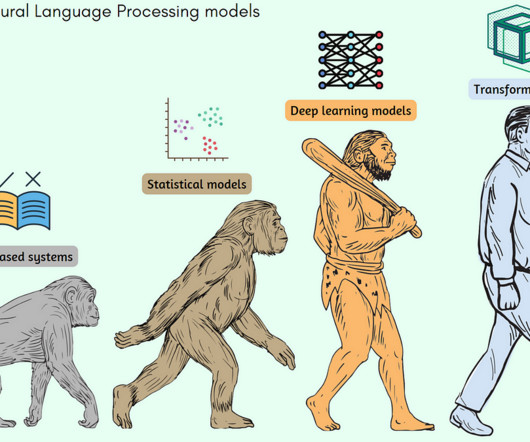


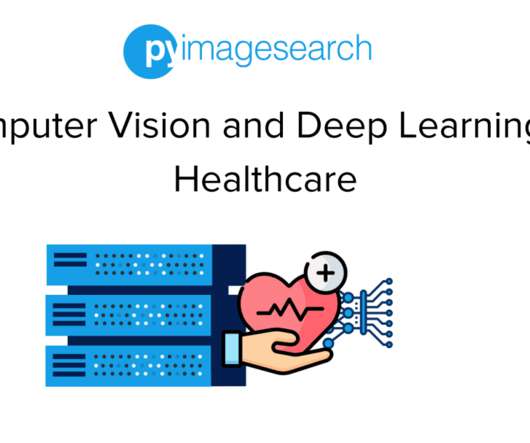

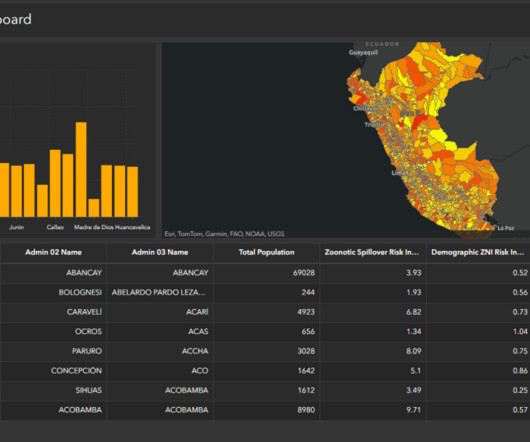






Let's personalize your content